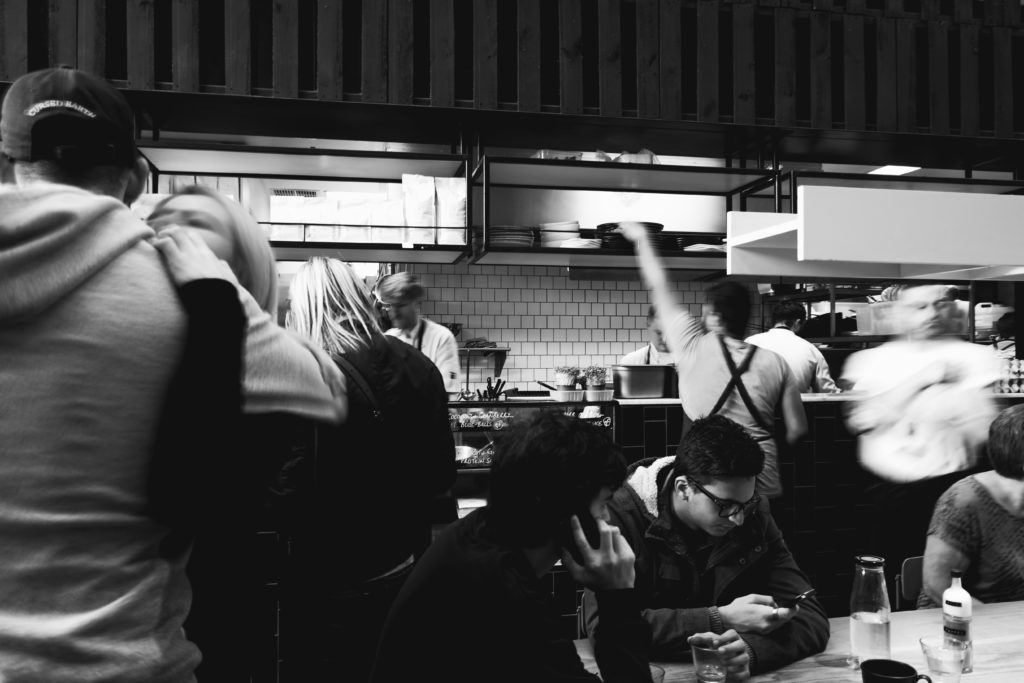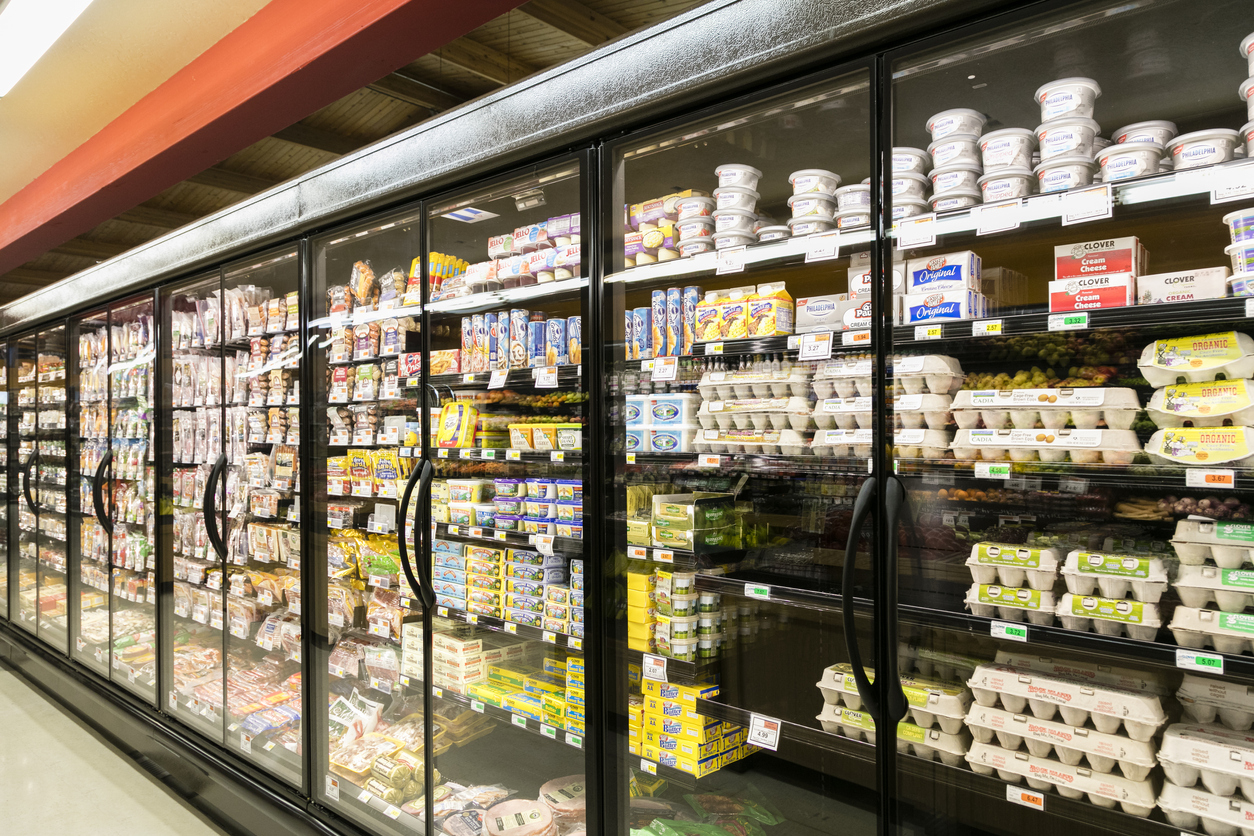
Kent Miller
Power. Who has it? Who wants it? And more importantly, what levers exist to extend it to everyone’s plate? These are the questions we had in mind at this year’s James Beard Foundation (JBF) Food Summit in New York City.
Every year, JBF carefully curates a range of speakers for this summit: chefs, restaurateurs, academics, scientists, food company executives—some with names familiar outside of food, some known mostly to the small crowd of folks in attendance for whom food is more than a profession—to convene around a single theme.
We left the conference with the same questions we came in with, and one more: How can the foundation act as a lever? Detroit-based chef Phil Jones had a mandate: “We need to change this room—make this room look different.” It’s a call to action for anyone working in food, and the message is this: Make all the rooms in all the high-rise buildings in this country that are filled with people talking about and thinking about and working out the problems of food reflective of the people who actually make and eat it. In other words: make them look like all of us.
As Kate Cox wrote earlier this week, there’s a lot of idea-lathering at conferences. Here are five takeaways which outline direct, actionable change:
1. The most obvious form of power: Voting with your dollars, be it cash, credit, or SNAP. In a panel, Washington Post journalist Tamar Haspel asked representatives from some of the country’s largest food companies how they were adapting to changes in consumer demand. Josh Anthony, Vice President of Global Nutrition at Campbell’s Soup, conceded that the company is offering a “diverse” range of products. Mehmood Khan, Vice-Chairman of PepsiCo said that having many “verticals” allowed the company to “play multiple levers.” Translation: The choices you make at the grocery store are tracked, analyzed, and ultimately, affect the products that big food companies sell. Darren Seifer of consumer research firm NDP Group compared the gradual change of consumer behavior to fault lines on the earth:
“If you were to just look at a fault line, you’re not going to notice change from one moment to the next, and it’s easy to make the assumption that it’s static. But we know that it’s not—hence we have earthquakes.”
—Darren Seifer, NDP Group
2. Purchasing power is the most obvious kind of consumer power—not the only one. Maine Congresswoman Chellie Pingree, a recipient of the James Beard Food Leadership Award this year, encouraged people to lobby their representatives:
“One thing to do [is] getting to know who represents you, asking them what their food policy is, conveying to them what you care about.”
—Chellie Pingree, Member of Congress representing Maine’s 1st District
3. In 2016, New Orleans-based chef Tunde Wey hosted a dinner series as an inquiry into blackness and white supremacy in America. He posed a hypothetical question to diners that left him pessimistic about racial reconciliation: “We live in a zero-sum world. The more people get, the less other people receive. And historically, this country has been built on white supremacy. And that is a power that comes from the exploitation of people of color. So without any sort of duress, what are folks willing to give up? The answer is usually nothing.” The solution to the status quo:
“Power has to change hands to people who have been historically dispossessed. And those people … have been working on alternate and inclusive modes of production, of reproduction, of contribution.”
—Tunde Wey, chef and writer
4. Consumers come up first when chefs and corporations think about their constituencies. But there’s another constituency that is often ignored in conversations about food: service workers. “Fourteen percent of workers in the US are in the [food] system. It’s also the lowest paid of all industries…. We really are trying to put a face to who are these food workers and what issues they’re facing,” said Joann Lo, co-director of the Food Chain Workers Alliance, which also won a James Beard leadership award.
“Don’t just think of yourself as a citizen in the context of voting. Don’t just think of yourself as a citizen in the context of buying certain things and voting with your dollar. But you’re also a citizen in the context of all of these goods and services that are actually made for you. You have, not just a right, but an obligation to ensure that they are as best representing your values as they can.”
—Jose Olivia, co-director, Food Chain Workers Alliance
5. Grassroots initiatives are not the only movements pushing for better conditions for working people. People at the top, including chefs and restaurateurs, can lead by example:
“Chefs are more like superheros—we have a lot of power and a lot of responsibility that comes with that…. We have to use that responsibility smartly … pooling our resources and coming together as a group is going to be key.”
—Christine Cikowski, co-founder and chef of Chicago-based Honey Butter Fried Chicken










